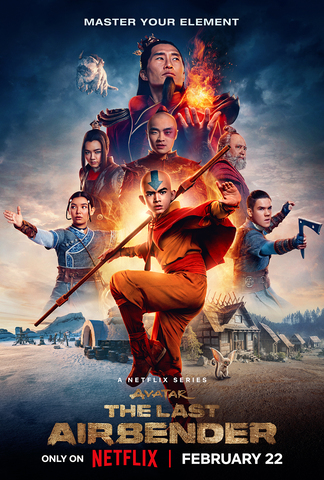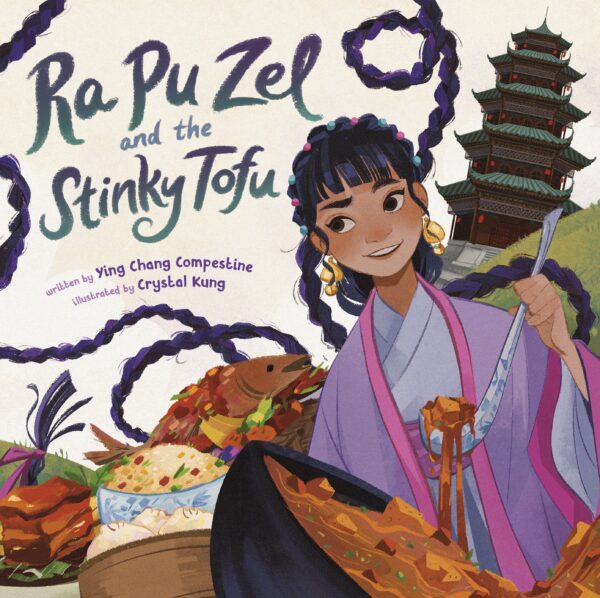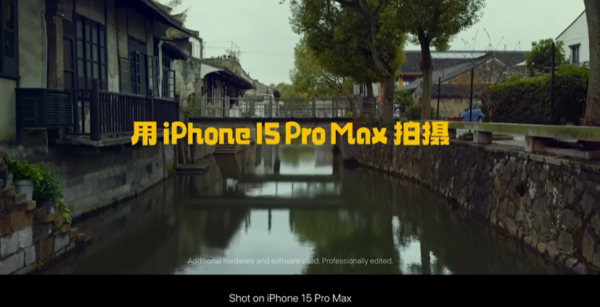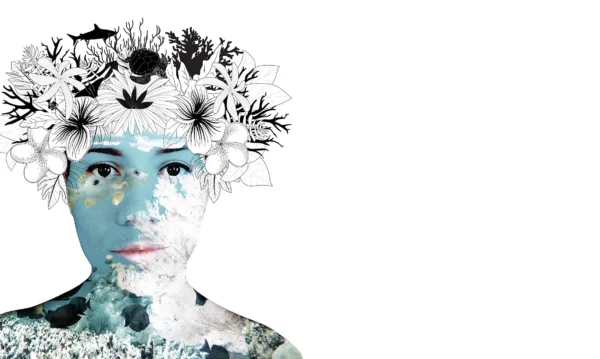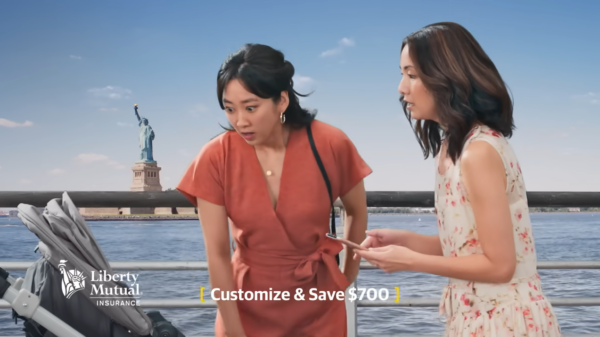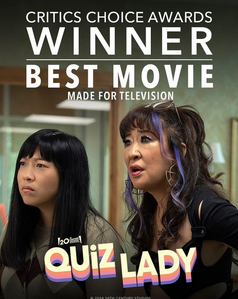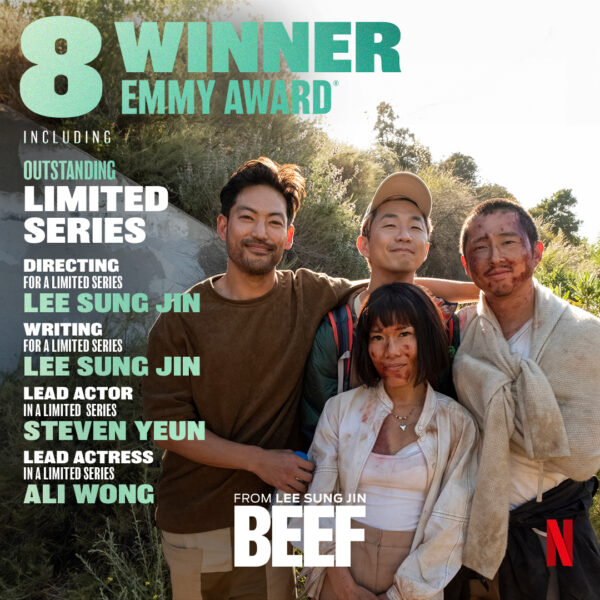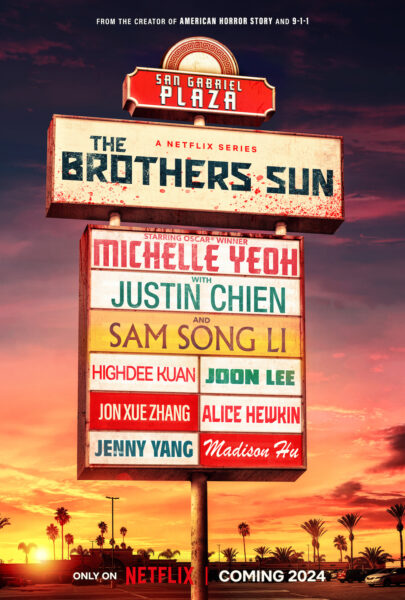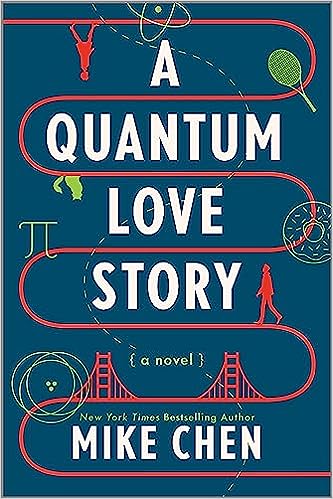 Mike Chen’s latest novel A Quantum Love Story is a delightful romp through a time loop. Carter Cho is stuck. He wakes up on Monday morning. On Thursday, the particle accelerator explodes. And when he opens his eyes again, it’s Monday morning again. Then he meets neuroscientist Mariana Pineda. And he meets her again, and again, and again. He needs to convince her (a) that they have met before because (b) they are stuck in a time loop and (c) they need to stop the impending explosion, which hopefully will also break the time loop.
Mike Chen’s latest novel A Quantum Love Story is a delightful romp through a time loop. Carter Cho is stuck. He wakes up on Monday morning. On Thursday, the particle accelerator explodes. And when he opens his eyes again, it’s Monday morning again. Then he meets neuroscientist Mariana Pineda. And he meets her again, and again, and again. He needs to convince her (a) that they have met before because (b) they are stuck in a time loop and (c) they need to stop the impending explosion, which hopefully will also break the time loop.
As each grapples with the ramifications of all this (turns out you can order unlimited takeout! bank accounts and cholesterol levels reset! but also! you! are! stuck!), Carter and Mariana get to know each other, their likes, dislikes, Carter’s troubled relationship with his family, Mariana’s grief over her best friend’s death. Their friendship takes center stage, with the romance part coming late in the game. Mix in a lot of science (but not so much that your brain hurts reading it), experiments in solving the unsolvable, and a little bit of classic time traveling troubleshooting, and you’ve got quite an enjoyable page turner.
Mike Chen
A Quantum Love Story
MIRA Books


